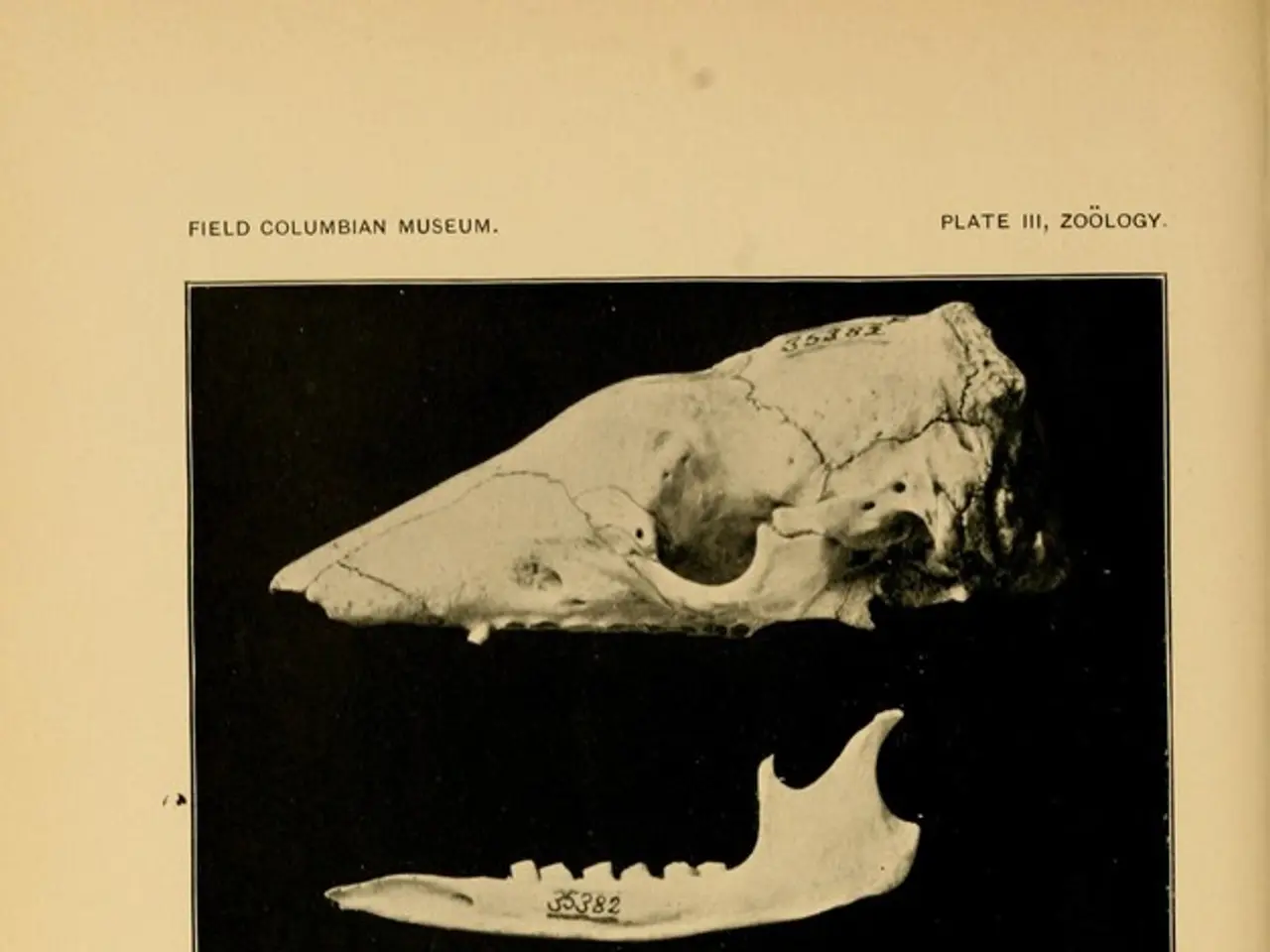Genetic Treatment Program for Sickle Cell Disease in Children Provides Promise for a Potential Healing Solution
A groundbreaking gene therapy treatment for Sickle Cell Disease (SCD) is set to be offered at Kaiser Permanente Downey Medical Center, marking a potential turning point in the lives of many patients. The treatment, which has received approval from the Federal Food and Drug Administration, involves extracting stem cells from a child's blood, modifying them in a laboratory, and reinfusing them into the child's bloodstream.
The gene therapy, while promising, embodies a still-evolving treatment with transformative potential for SCD patients, balanced by significant safety concerns, high costs, and accessibility challenges that currently limit widespread use.
The treatment could offer a life-changing opportunity to significantly reduce or eliminate SCD symptoms and reduce dependence on transfusions and other treatments for eligible patients. However, patients must be carefully selected and counseled on the risks and the demanding treatment regimen, which can take almost a year and involves multiple hospital admissions, stem cell collections, and switching from hydroxyurea therapy to chronic transfusions for manufacturing the gene-modified cells.
Current gene therapy requires myeloablative conditioning (intensive chemotherapy) before treatment, which carries risks such as clonal hematopoiesis, myelodysplastic syndrome, and even acute myeloid leukemia due to the transplant conditioning regimen. Unknown long-term effects also exist since current therapies modify genes that may have wider genomic impacts with uncertain consequences.
Advances in in vivo gene therapy (which does not require stem cell collection) and new scientific approaches like the "delete-to-recruit" technique may eventually provide alternatives that are safer and more accessible. These advancements could potentially reduce risks and expand applications beyond blood disorders.
The high cost of gene therapy is another significant challenge, typically costing between $2 million to $3 million per patient, making it inaccessible to many, especially in the U.S., where cheaper but less curative treatments remain the norm.
In addition to the gene therapy initiatives, Kaiser Permanente Downey Medical Center is partnering with local organizations to address mental health needs in the community, particularly among teens and young adults who have been struggling with chronic stress, anxiety, and depression. The partnership aims to address mental health issues that have been exacerbated by the pandemic.
The Downey Service Area, served by Kaiser Permanente, encompasses a large number of people, but the exact number was not specified in the provided information. Mitch Winnik has been appointed as the senior vice president and area manager for the Downey Service Area of Kaiser Permanente.
The specific local organizations partnering with Kaiser Permanente in the mental health initiatives were not mentioned in the text. The first child to undergo the gene therapy treatment is expected to do so this summer, marking a significant milestone in the fight against SCD.
As the gene therapy treatment moves forward at Downey Medical Center, it is important to remember that while it offers hope for many, it is still a developing treatment with various challenges to overcome. The potential benefits, though significant, must be weighed against the limitations and impacts on patients to ensure the best possible outcomes for all involved.
- The groundbreaking gene therapy treatment for Sickle Cell Disease (SCD) being offered at Kaiser Permanente Downey Medical Center is a significant step in local news, as it promises to alleviate symptoms and reduce dependence on transfusions for eligible patients, but it comes with safety concerns, high costs, and accessibility challenges.
- Aside from the gene therapy initiatives, Kaiser Permanente Downey Medical Center is also partnering with community organizations to address mental health needs, particularly among teenagers and young adults who have been struggling with chronic stress, anxiety, and depression, which have been exacerbated by the pandemic.
- While the gene therapy offers a transformative potential for SCD patients, advancements in in vivo gene therapy and new scientific approaches like the "delete-to-recruit" technique may provide alternatives that are safer and more accessible, potentially reducing risks and expanding applications beyond blood disorders, including medical-conditions and chronic-diseases in the realm of health-and-wellness.




